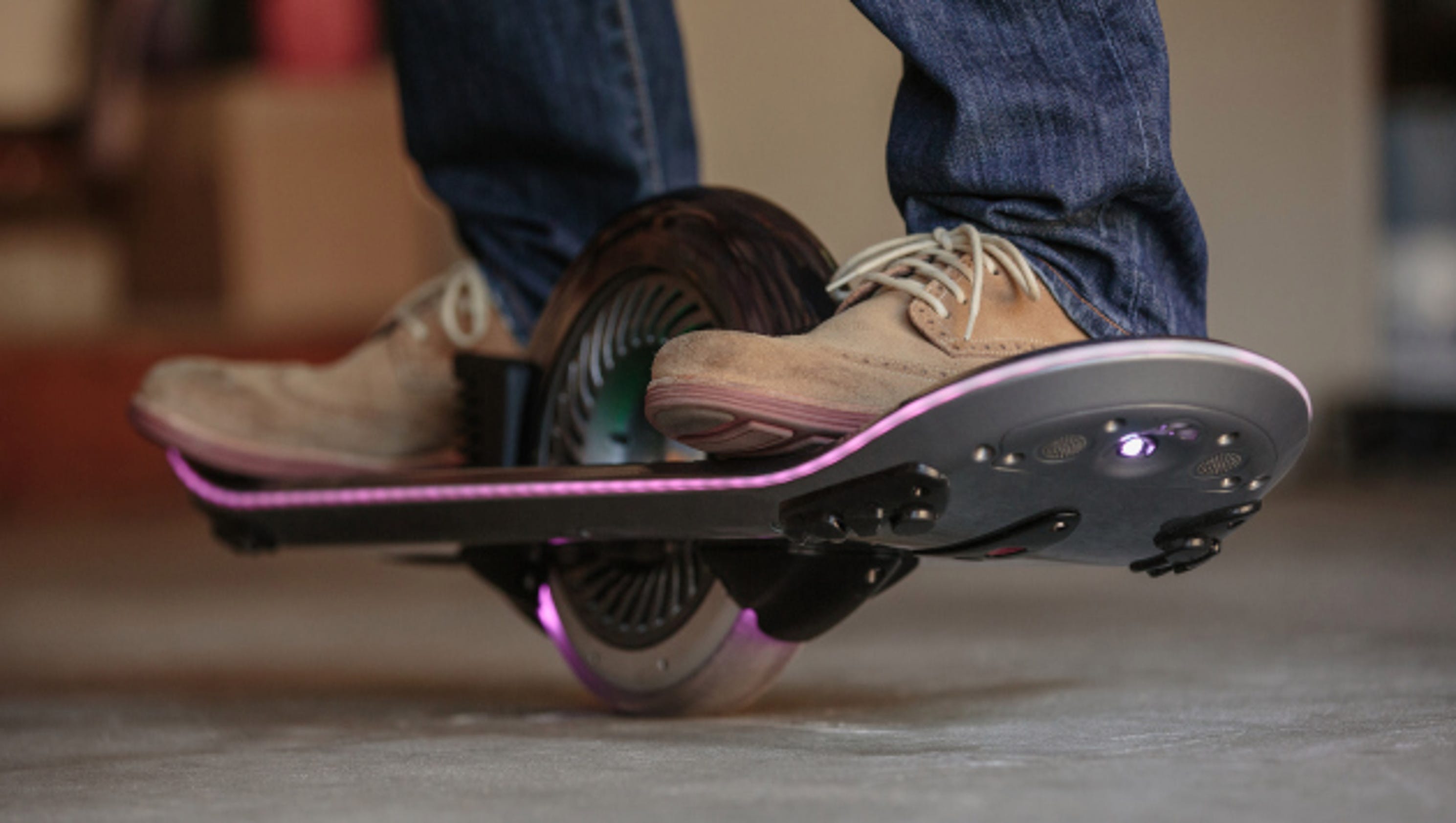

Several companies have drawn on hovercraft "air-cushion vehicle" technology to attempt to create hoverboard-like products but none have demonstrated similar experiences to the kinds of levitation depicted in science fiction films. Numerous attempts have been made to create working hoverboards. For example, video games such as the beat 'em up arcade game Riding Fight (1992), manufactured by Taito, and the sports video game AirBlade (2001), developed by Criterion Games and distributed by Sony in Europe and Namco in North America. Hoverboards have appeared in various other media since the 1990s. These rumors have been conclusively debunked. During the 1990s there were rumors, fueled by the film's director Robert Zemeckis, that hoverboards were in fact real, but not marketed because they were deemed too dangerous by parents' groups. The hoverboard was popularized by the Back to the Future film franchise, with its appearance in Back to the Future Part II (1989). In 1984, a hoverboard appeared in the shoot 'em up arcade video game SWAT, developed by Coreland and distributed by Sega in Japan and Bally Midway in North America. Hoverboards were first described by author M. Many attempts have been made to invent a functioning hoverboard. Personal transportation similar to a skateboard, but using a magnetic means of levitation instead of wheels.Ī hoverboard (or hover board) is a levitating board used for personal transportation, first described in science-fiction, and made famous by the appearance of a skateboard-like hoverboard in the film Back to the Future Part II. Fictional Mattel hoverboard used by the character Marty McFly in both Back to the Future Part II and Back to the Future Part III.


 0 kommentar(er)
0 kommentar(er)
